Sutter, 28, has 14 points (4G / 10A) in 57 games with Iowa this season. Sutter has appeared in 60 career NHL games, collecting 10 points (2G / 8A). He will report to Ontario (AHL).

Sutter, 28, has 14 points (4G / 10A) in 57 games with Iowa this season. Sutter has appeared in 60 career NHL games, collecting 10 points (2G / 8A). He will report to Ontario (AHL).

Allen, 26, only appeared in 17 games with Binghamton (AHL) after coming over from Milwaukee. He has picked up two goals and nine assists (11 points) in 48 AHL games between those two squads this season. He will report to Iowa, which will be his third AHL of the year.
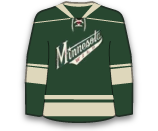
Keranen, 26, has eight goals and 15 assists (23 points) in 45 games with Iowa (AHL) this season. He made his NHL debut earlier in the season, but failed to record a point.
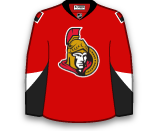
McGinn, 27, is a big, rugged winger with a scorer’s touch. He has 14 goals and 13 assists (27 points) in 63 games with the Sabres this season and will replace Patrick Marron in Anaheim after he was dealt to the Edmonton Oilers.
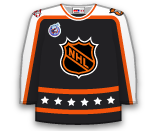
Matteau, 22, was a first round pick in 2012, but has yet to pan out at the NHL level. The 6-foot-2, 220 lbs. forward has just one goal in 20 games this season and just five points (3G / 2A) in 44 career NHL games.
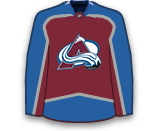
Smith-Pelly picked up 12 points (6G / 6A) in 46 games with the Canadiens this season. DSP didn’t breakout like the Habs hoped when they acquired him from the Ducks last season. He heads to New Jersey for a fellow underachieving forward in Stefan Matteau.
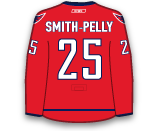
Stempniak, 33, is no stranger to being traded at the deadline and will now report to his ninth different NHL team. Stempniak rejuvenated his career in New Jersey this season, picking up 16 goals and 25 assists (41 points) in 63 games and now finds himself in Boston where he looks to continue that strong pace.
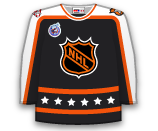
Liles, 35, has enjoyed a strong 11-year NHL career and now he heads to his fourth team. He has picked up six goals and nine assists (15 points) in 64 games with the Hurricanes this season. He will likely make his Bruins’ debut on Tuesday.
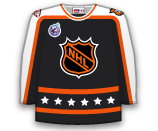
Prince, 23, was a second round pick (61st overall) in the 2011 NHL Draft. Prince had fallen a bit behind some other Senators prospects, so they’ve moved him to create a roster spot for Matt Puempel to be recalled. Prince has three goals and nine assists (12 points) in 42 games with the Senators this season.
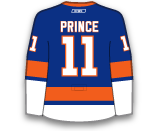
Pirri is currently on IR, having missed the last six games with an ankle injury and is likely 1-2 weeks away from making his Ducks debut. He has picked up 11 goals and 13 assists (24 points) in 52 games this season and is coming off of a 22-goal year in 2014-15. He will provide the Ducks with forward depth and could work his way into their top-6.
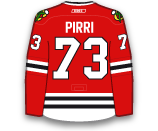
Pollock, 19, was a second round pick (45th overall) in the 2014 NHL Draft. The 6-foot-3, 194 lbs. centre is currently leading the Edmonton Oil Kings (WHL) in points, with 67 (25G / 42A) in 64 games.
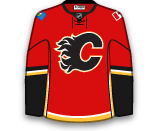
Jokipakka, 24, was a seventh round pick (195th overall) in 2011 but didn’t waste any time getting to the NHL since coming over from Finland. The 6-foot-3, 215 lbs. defenseman has six points (2G / 4A) in 40 games with Dallas this season. He will play a more regular role with his new team in Calgary.
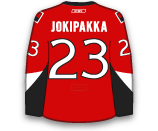
Russell was 15 points (4G / 11A) in 51 games with the Flames this season. The pending unrestricted free agent is known for his fearlessness to block shots, where he currently ranks second in the NHL with 174. He will likely slide in as a second-pairing guy in Dallas, which will bump Johnny Oduya to the third pair.
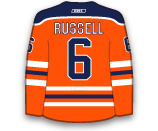
Gelinas has often served as a healthy scratch this season and with the Devils acquiring David Warsofsky off of waivers earlier in the day, the writing was on the wall. Gelinas is a big body (6’4” / 215 lbs.) with a bigger shot, but that’s what he is known for, not his defensive prowess.
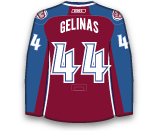
Wood, 19, was a third round pick (84th overall) in the 2014 NHL Draft. The 6-foot-5, 217 lbs. defenseman has picked up 35 points (8G / 27A) in 40 games with the North Bay Battalion (OHL) this season.
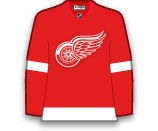
Bleackley, 20, was a firth round pick (23rd overall) in 2014. The centre has 13 goals and 28 assists (41 points) in 47 games with the Red Deer Rebels (WHL) this season.

Tanguay is set to become an unrestricted free agent and is now set to play with the fifth different team of his NHL career. The veteran winger has four goals and 18 assists (22 points) in 52 games this season and is expected to slide into the Coyotes’ top-6 for Boedker.
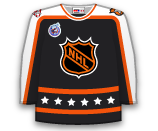
Boedker, 26 spent the first eight seasons of his NHL career with the Coyotes, picking up 39 points (13G / 26A) in 62 games this season and 213 career points (80G / 133A) in 445 games with the Yotes. He is expected to slide right in for Tanguay in the Avs’ top-6.
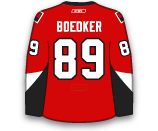
Robertson, 24, has two goals, three assists and 30 PIMS in 37 games with Rockford (AHL). He will report to Charlotte.
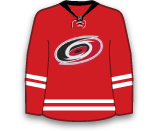
MacIntyre has gone 11-13-1 with a 3.09 GAA and .890 SV% in 28 games with Charlotte (AHL) this season. He was sent to the Blackhawks, where he provides Rockford (AHL) with goaltending depth.
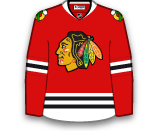
NHL trades are decided between two or more team general managers. The front office’s job is building a winning team. Building a winning team means discussing trades with other general managers across the league.
During the NHL regular season, players can be traded up until the trade deadline. The deadline is the official cutoff point for when teams can no longer make moves between each other. Players can also be traded throughout the offseason.
Teams trade players in hockey for a variety of reasons, but generally, it is done to find success, whether that is in the short term or long term. Teams may trade their top players in search of draft picks if they are undergoing a rebuild, whereas contending teams may look to acquire talent to boost their playoff chances.
Trades are a common occurrence throughout the NHL and happen often. Some years feature less trades than others, it all depends on each teams needs and the availability of attractive talent.